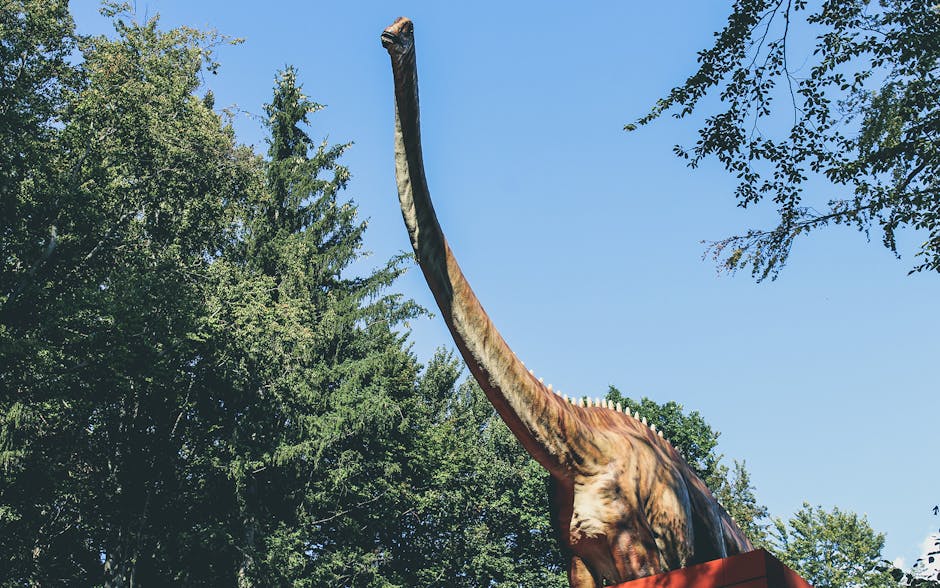Jurassic Park Rebirth: Exploring the Legacy and Future of Dinosaur Entertainment
The roar of a Tyrannosaurus Rex, the chilling intelligence of a Velociraptor pack, the awe-inspiring scale of Brachiosaurus – these are images indelibly etched into the minds of a generation, courtesy of Steven Spielberg’s 1993 masterpiece, Jurassic Park. More than just a film, it was a cultural phenomenon, a technological marvel, and a blueprint for countless sequels, spin-offs, and imitations. But the question remains: is the franchise experiencing a genuine rebirth, or simply riding on the coattails of nostalgic affection?
The Enduring Legacy of Jurassic Park
Jurassic Park‘s impact transcends the realm of mere blockbuster success. Its groundbreaking CGI, revolutionary for its time, redefined the possibilities of visual effects in cinema, influencing countless films and pushing the boundaries of what could be achieved. The film’s thrilling narrative, based on Michael Crichton’s compelling novel, expertly balanced scientific speculation with high-octane adventure, creating a narrative that captivated audiences of all ages.
Beyond the visual spectacle and thrilling plot, Jurassic Park sparked a renewed fascination with paleontology and dinosaurs. A generation of young people developed a keen interest in the prehistoric world, inspired by the realistic depictions and the scientific discussions woven into the narrative. Museums experienced surges in attendance, and dinosaur-themed toys, books, and games flooded the market. This widespread impact cemented Jurassic Park‘s position not only as a cinematic triumph but as a significant cultural event.
The Scientific Accuracy (or Lack Thereof)
While Jurassic Park popularized dinosaurs, it also faced criticism for its scientific liberties. The depiction of certain dinosaurs, their behavior, and the cloning process itself have been subjects of ongoing debate among paleontologists and scientific communities. However, these critiques, rather than diminishing the film’s impact, have served to highlight the evolving understanding of prehistoric life and stimulate further research and discussion. The inaccuracies, in many ways, became part of the film’s enduring charm and fueled further exploration of the subject matter.

The Jurassic World Era: A New Chapter?
The Jurassic World trilogy, beginning in 2015, attempted to recapture the magic of the original, building upon its legacy while introducing new elements. While commercially successful, the reception has been more divisive. Critics argue that it prioritizes spectacle over substance, sacrificing the intellectual depth and thematic richness of the original for a more straightforward action-adventure formula.
However, the Jurassic World films have also expanded the universe, introducing new dinosaur species and delving deeper into the ethical implications of genetic engineering and the consequences of interfering with nature. The series’ exploration of the human-dinosaur relationship, the challenges of containment, and the inherent dangers of unchecked scientific ambition provides a contemporary lens through which to examine the original themes.

The Evolution of CGI and Visual Effects
Comparing the CGI of Jurassic Park to Jurassic World Dominion showcases the incredible advancements in visual effects technology. The dinosaurs in the original film were groundbreaking for their time, but today’s technology allows for more realistic, detailed, and expressive creatures. This evolution has, in turn, raised the bar for cinematic dinosaur portrayals and opened up new creative possibilities.
Beyond the Silver Screen: A Thriving Franchise
The Jurassic Park franchise’s influence extends far beyond the films. Theme park rides, video games, novels, and numerous merchandise items have ensured its continued relevance. Universal Studios’ Jurassic Park rides, for instance, are flagship attractions, immersing visitors in the world of dinosaurs and offering a thrilling, interactive experience that complements the films. The ongoing creation of new games, novels, and other media further demonstrates the franchise’s continued vitality.
Is it a Rebirth or a Continuation?
The question of whether the franchise is experiencing a rebirth or simply a continuation is complex. The Jurassic World trilogy, while commercially successful, hasn’t achieved the same cultural impact as the original Jurassic Park. However, the franchise’s continued relevance, the ongoing expansion into new media, and the advancements in technology ensure its presence in popular culture. A rebirth might be too strong a term, but a successful evolution and adaptation to changing audiences is certainly evident.

The Future of Jurassic Park: What Lies Ahead?
The future of the Jurassic Park franchise remains uncertain. While there are no concrete plans for a new film trilogy at present, the enduring popularity and financial success of the franchise suggest that further installments are likely. The possibilities are endless: new narratives, new dinosaurs, new challenges. The continued advancements in CGI technology will undoubtedly lead to even more realistic and immersive dinosaur depictions.
Ultimately, the legacy of Jurassic Park is secure. Its impact on cinema, paleontology, and popular culture is undeniable. Whether future installments can recapture the original’s magic remains to be seen, but the franchise’s continued existence is a testament to the power of a compelling story, groundbreaking visual effects, and the enduring fascination with the prehistoric world.
- The technological advancements in CGI have significantly impacted the franchise’s visual appeal.
- The ongoing debate about scientific accuracy continues to fuel interest in the franchise.
- The franchise’s expansion beyond film, into theme parks and video games, demonstrates its enduring popularity.

